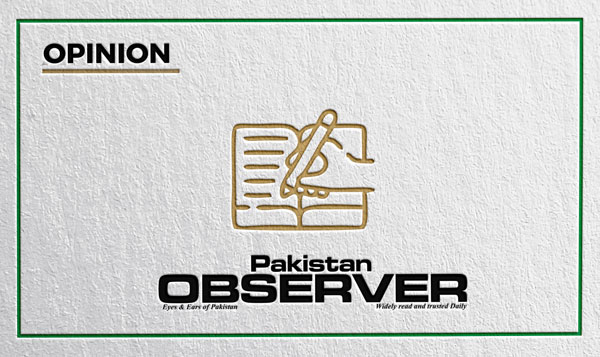Articles and letters may be edited for the purposes of clarity and space.
Brutality in Palestine
It has been deeply disheartening to see that some of the world’s greatest educational institutions, representations of the world’s brightest minds, are no longer the bastions of free thought and speech as we once thought they were. American students, however, are still carrying a fervent flame of protest in their support for Palestine in what may be its darkest hour. A wave of solidarity camps, echoing the spirit of the student revolution of the 1960s against the Vietnam War, has emerged from the historic halls of Columbia University to the grounds of MIT, Yale and Harvard.
At the forefront of this movement stands Columbia University, a long-time fortress for the American imperial elites, where hundreds of students have challenged the institution’s ties to Israel’s oppression. This act of defiance has echoed across the nation, with over seven top universities joining the cause, and they have been met with fierce resistance. Student’s activism has always been a critical part of social justice, and the style of these solidarity camps is strikingly similar to those against the Vietnam War in the 60s.
Just as television coverage of the Vietnam War brought the horrors of conflict into the living rooms of Americans, so too has digital media exposed the brutality of the genocide in Gaza. The more people have seen, the more they have condemned. The parallels, however, can also be seen in the response to these protests as well. The imperial state of the 1960s never took kindly to the civil rights movement of the time. Hundreds of students have been arrested and the movement has been condemned by all top stakeholders, including Joe Biden.
History has shown, however, that such efforts only galvanise resistance. Solidarity camps being set up in universities all over the West can make a real impact on global perception of this genocide. The involvement of police must be avoided at all costs, coercion and punishment will only breed further radicalism. Police brutality, however, does not hold a candle to what is happening in Gaza at the moment, and justice demands that we extend this freedom to those who cannot simply bear witness to a massacre.
QAZI JAMSHED SIDDIQUI
Lahore
Pakistan’s climate
With every passing year, the ferocity of the climate-induced disasters in Pakistan is on the rise. From ‘super-floods of 2010 to extreme heat-waves of 2015, climate change is asserting itself in unprecedented ways. Given the frequency and intensity of the climate-related problems and plethora of scientific evidence, it becomes clear that the climate problem is not going to go away in the near future. Similar to this pattern of the recent past, this year is no exception, not only Pakistan but the whole world is prone to the inevitability of climate change-induced disasters.
For instance unprecedented rain in Dubai is the recent example of this. More and more floods, wildfires and heat-waves are expected in future. Now the question arises what are the strategies Pakistan can adopt to deal with this pressing issue. To mitigate climate change disasters in Pakistan, a comprehensive approach is essential. This involves developing and implementing adaptation plans at all levels, investing in climate-resilient infrastructure, and implementing disaster risk reduction measures.
Promoting climate-smart agriculture, improving water management and engaging local communities are also crucial. Additionally, building institutional capacity, collaborating globally, promoting economic diversification, strengthening healthcare systems, and encouraging research and development are key steps towards building resilience against climate change impacts in Pakistan.
UMAIR HAMZA
Islamabad
University education
I am writing to emphasize the pressing need to enhance creativity in university education by addressing the disconnect between curriculum and student engagement. In today’s rapidly evolving world, where innovation and adaptability are paramount, it is imperative that our higher education institutions prioritize the development of creative thinking skills among students. However, there appears to be a significant gap between what is taught in the curriculum and how actively students engage with the material.
The prevailing emphasis on rote learning and adherence to standardized curricula often stifles creativity and critical thinking, relegating education to a mere box-ticking exercise for many students. To remedy this situation, universities must overhaul their approach to education, designing curricula that not only cover essential content but also inspire creativity and encourage critical inquiry.
Moreover, educators need to shift their focus from simply delivering content to facilitating discussions, nurturing independent thinking and empowering students to take ownership of their learning journey.
By fostering a culture that values creativity and innovation within the university setting, we can better prepare students for the challenges of the future and equip them with the skills necessary to thrive in a rapidly changing world. It is my hope that by highlighting this issue, we can initiate a meaningful dialogue and spur action towards creating a more conducive environment for creativity in university education.
SAMRA AKBAR
Bahawalpur









